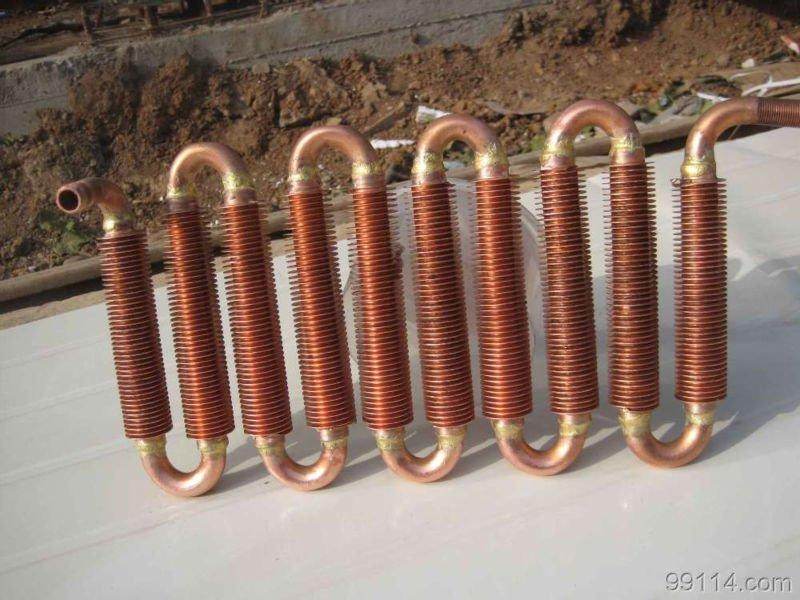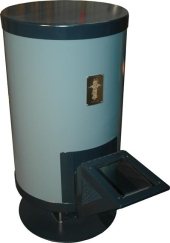So Ive been looking into building a rocket stove boiler to tie in with my infloor radiant heat and help cut back on my gas bill.
In all my research there have been a few hold backs.
1. the fact that these stoves are very hot and if anything went wrong it would only take a few minutes for a system to become a steam pipe bomb.
2. Being a non CSA approved device if my house burns down I have no insurance
3. I work out of town, I am home in the evenings but I would not want to leave watching a fire to my pregnant wife as she has enough other things to do.
I have come up with solutions to these issues I will post them here and see what you more experienced people think about them.
Problem 1 the steam pipe bomb
webpage
I have come across a product used in High Performance race machines and heavy diesel trucks. It is called EVANS WATERLESS COOLANT this product is an antifreeze solution good to -40, and up to +375F but the real benefit of the product is that it has no water and even when it boils it does not create pressure. Im not suggesting that this would replace any in floor fluid, simply that the boiler would heat this then run through a coil in the thermal mass tank and transfer that heat to the water or antifreeze already in the in floor system. This way a gallon of $60 coolant goes farther and you can run the stove hotter and safer for less time to get the heat built up in the tank.
I have talked with the rep for Evans in Canada and he tells me that below 212f standard coolants will work more efficiently to transfer heat but above that is where the there product shines as it dosen't boil and therefore keeps better contact with the walls of the pipe and carries off that heat without creating pressure
Problem 2 the no insurance thing
I plan to put this boiler in a 8x14' shed and the back of my city yard, this way if I do somehow burn it down my house is safe and I'm only out a shed. I will pipe the water in through large diameter insulated pex lines then tie into my manifold inside to reduce my heat loss outside. In summer I will bury the lines to limit the heat loss more.
Problem 3 limited time and attention.
Since the Evans coolant should be much safer, I will be able to run the stove hotter and peel off more heat to stock pile in a shorter time, maybe burning the stove for an hour or 2 a day while i am in the shed working on other projects. I would never want to leave a fire like this unattended but I think I should be able to build up a good about of heat in a fairly short amount of time.
What are your thoughts? and are there any proven designs for a rocket water heater?
Ill figure out the image attachment thing soon but for now ill describe it.
My heater would be a 4" setup with an secondary combustion air. built like a standard mass heater i will have an insulated stainless riser tube and then a mild steel barrel around that which will have an incorporated water jacket (also insulated on exterior) the top of the barrel will have a small radiator above the surface to prevent to quick of a heat loss on the exhaust gasses but still allow for the heat on top of the barrel to be used.
this system would be an open loop and dump its cool fluid back into a pail above the heater to recirculate through and eliminate the possibility for pressure buildup completely.
After the fluid is heated it will flow through a coil of copper pipe inside a 275 gallon chemical tote which is again insulated to reduce heat loss and from there the standard in floor glycol mix will be piped into the houses system.
Would a bigger system be better, or should a 4" produce enough heat to get the reserve up to temp?
thanks for your help and advise in this matter










